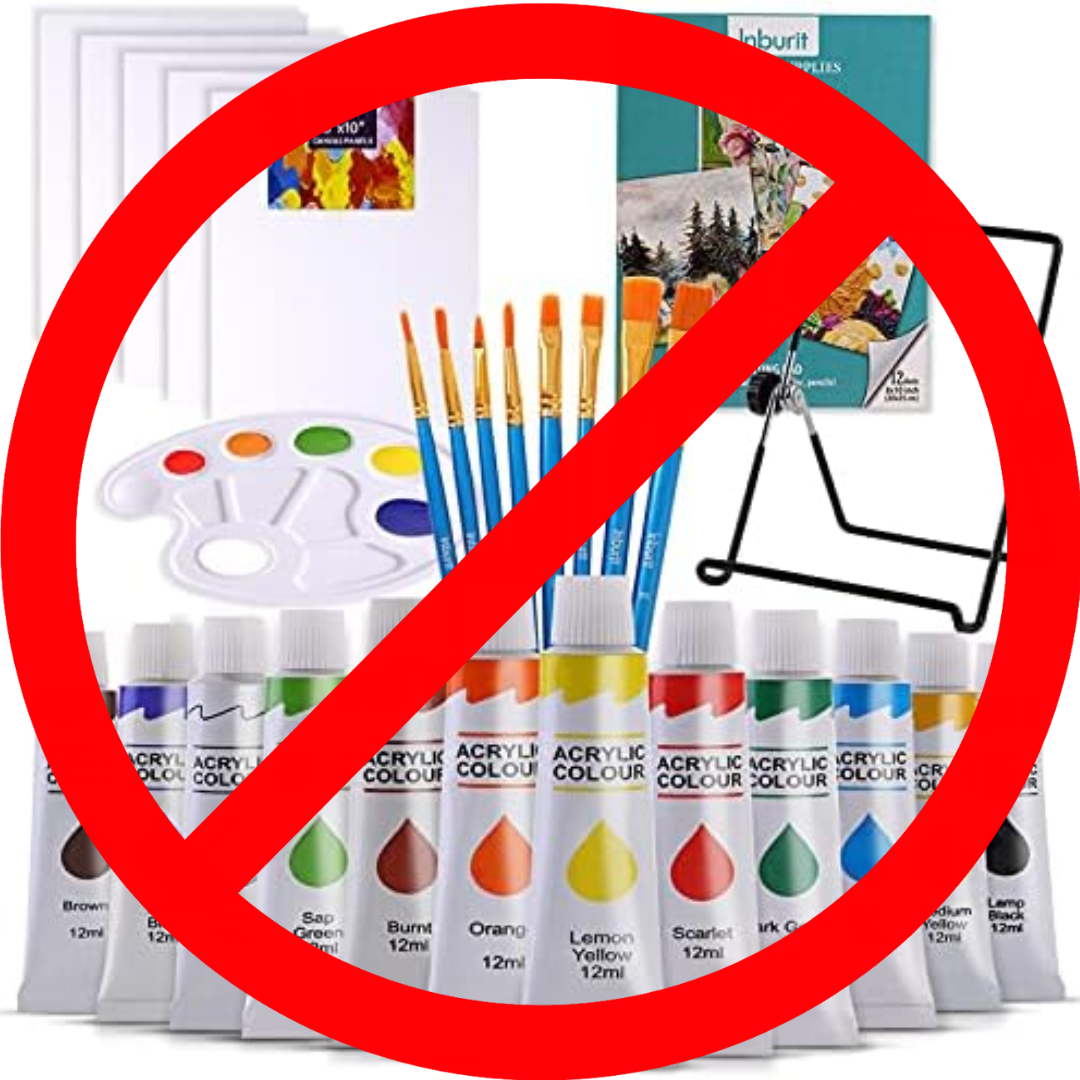Hey friend, have you heard of Plastic-Free July?
Plastic-Free July is a global movement encouraging millions to reduce their plastic consumption and make a tangible difference in preserving our planet. For art collectors, this month offers a unique opportunity to reflect on the materials used in creating and purchasing art, and to find sustainable alternatives. The art world, celebrated for its creativity and innovation, is well-positioned to lead the charge towards a plastic-free future.
One of the most significant ways art collectors can contribute is by reevaluating the tools and materials involved in the art they purchase. Traditional paint brushes often come with plastic handles and synthetic bristles. Supporting artists who switch to brushes made from sustainably sourced wood and natural bristles can drastically cut down on plastic use. Similarly, many paint tubes are typically made from plastic or contain plastic components. Opting for art made with paints in metal tubes or even handcrafted paints in no tube can be a greener choice.
A surprising fact that many art enthusiasts might not be aware of is that acrylic paint is essentially liquid plastic. When it dries, it forms a plastic film that doesn't break down easily, contributing to microplastic pollution. Instead, artists can be encouraged to use watercolors or gouache, which are more eco-friendly. These paints do not contain plastic and can be easily reconstituted with water, reducing waste.
When purchasing art, you can make a positive impact by asking artists about their materials and processes. Inquire if they use plastic-free brushes, paints, and packaging. Even opt for art that doesn't come in a plastic sleeve or bubble wrap. This not only raises awareness but also encourages artists to consider more sustainable practices. Supporting artists who prioritize sustainability can drive a larger demand for eco-friendly art supplies, further pushing the industry towards greener alternatives. Additionally, choosing artworks that emphasize or are created with recycled or natural materials can make a statement and inspire others to follow suit.
The environmental impact of plastic pollution is profound, affecting wildlife, natural habitats, and even human health. By adopting plastic-free practices, both artists and consumers can play a crucial role in mitigating this crisis. Every small change, from choosing plastic-free brushes to using natural paints, adds up to a significant positive impact.
As we embrace Plastic-Free July, let's remember that art has the power to inspire change. By setting an example and sharing our plastic-free journey, we can encourage others to join the movement and collectively create a more sustainable world.
For ecofriendly and sustainable paintings for nature lovers, check out this page.
For a list of my favorite ecofriendly art supplies, visit this page.

